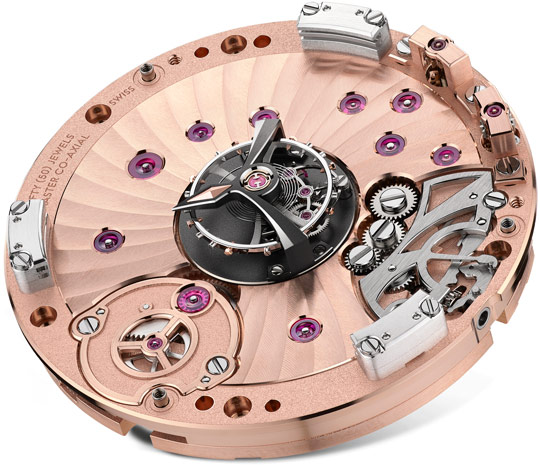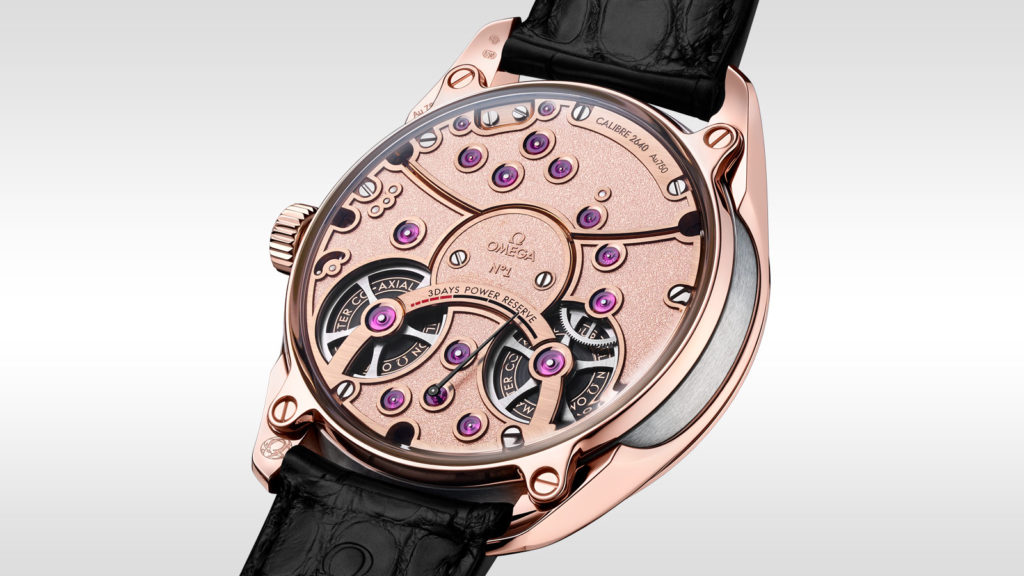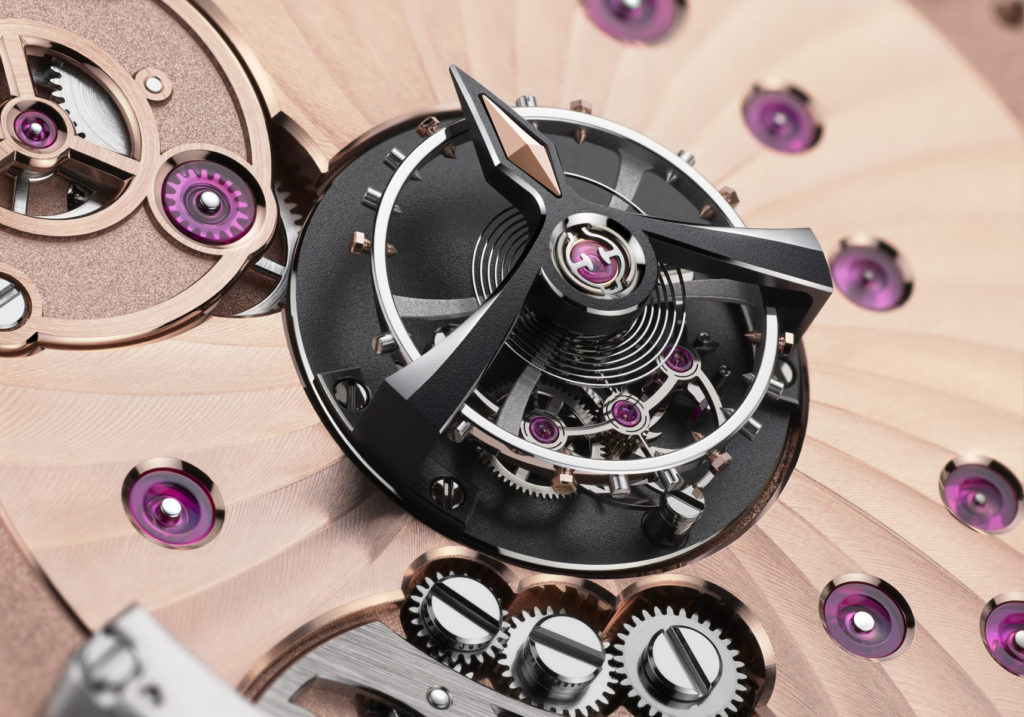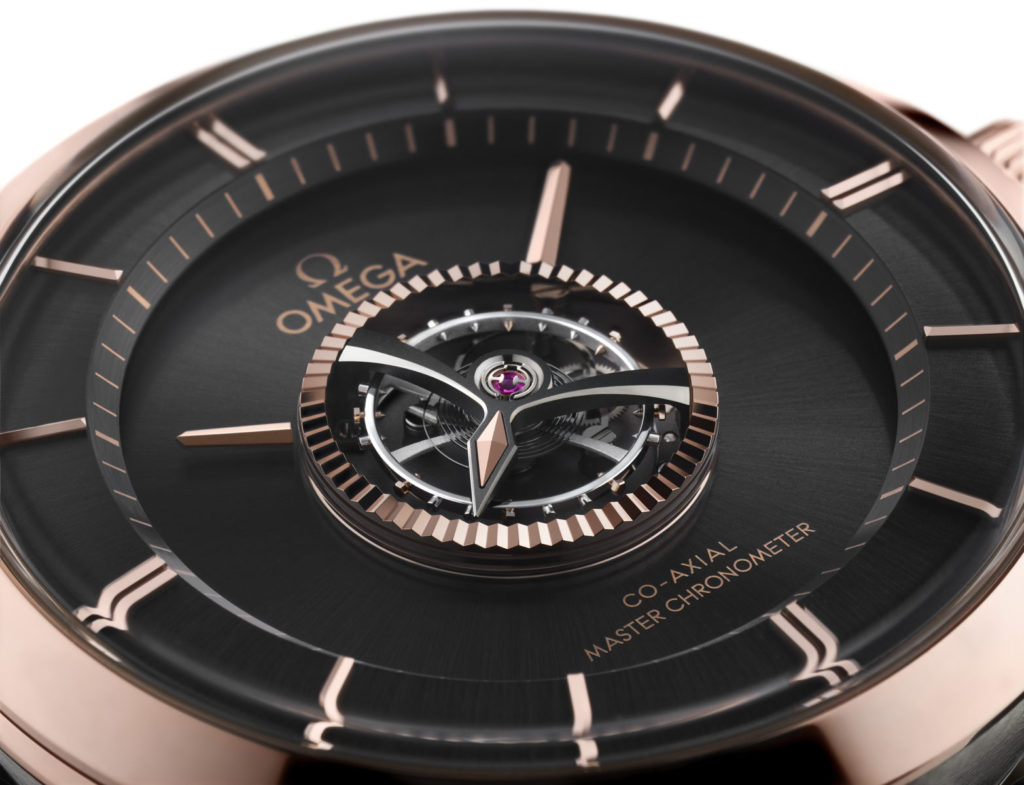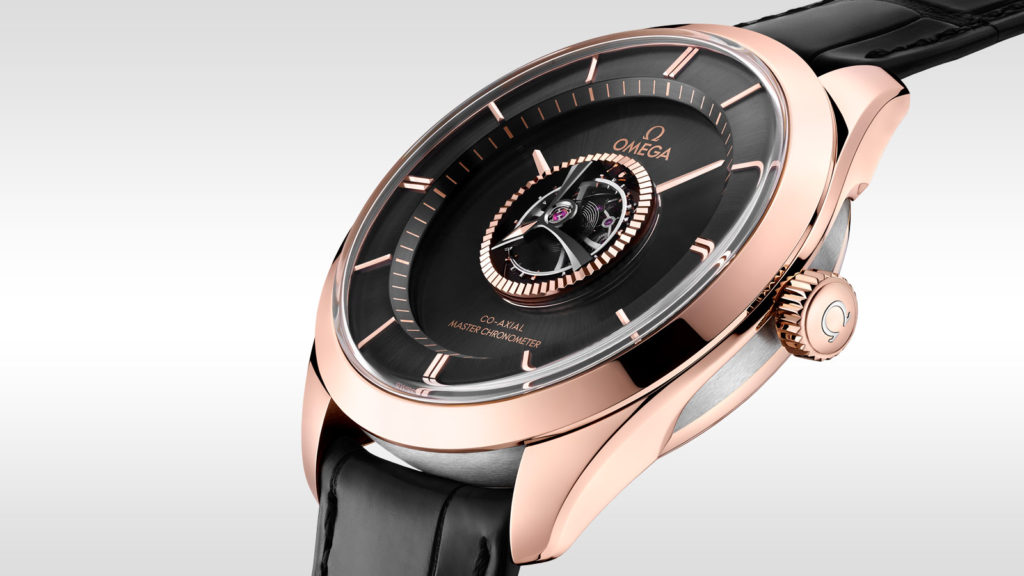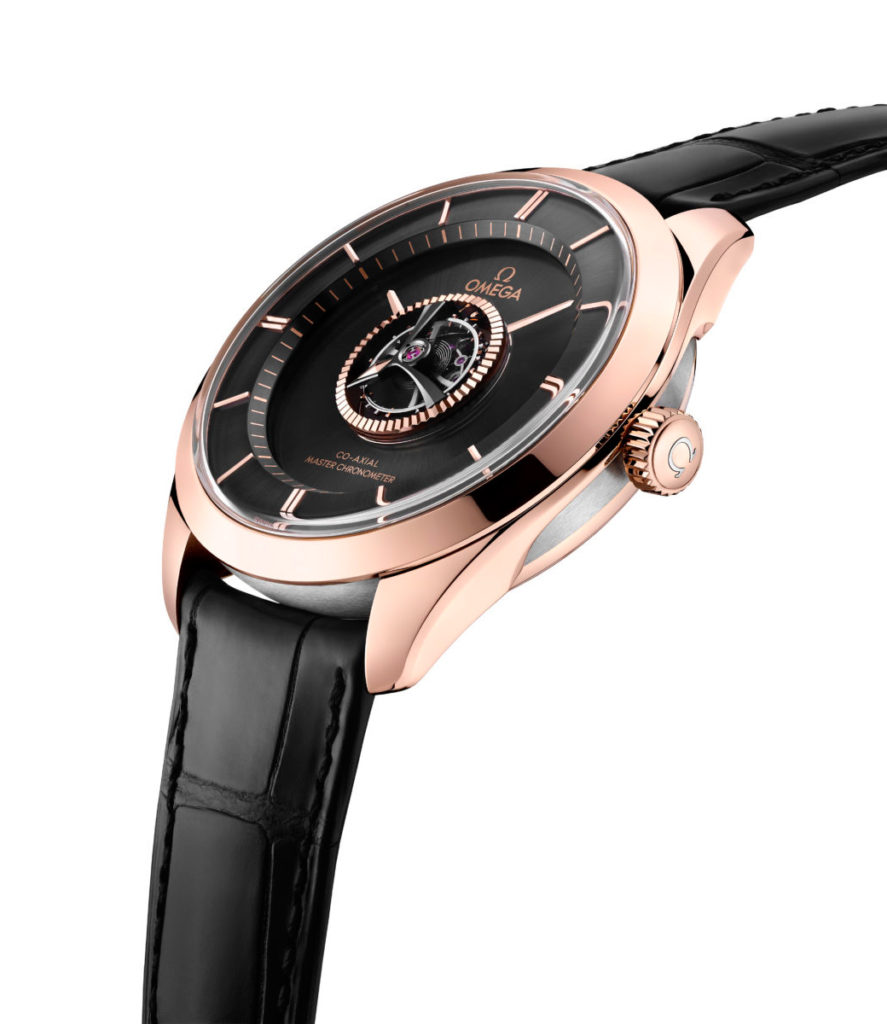
In French “tourbillon” means “whirlwind,” in the luxury watch market tourbillon means expensive. Because of its small size and number of parts, the tourbillon mechanism is one of the most difficult movements to make by hand. It is the pinnacle of watchmaking complications.
Abraham-Louis Breguet invented and patented the tourbillon mechanism circa 1795 to counterbalance the effects of gravity on pocket watches. Storing watches vertically put pressure on the hairspring in escapement/balance wheel, which affected the watches performance and accuracy. Breguet’s solution was an escapement housed in a continuously rotating cage. The constant motion averages out the positional errors.
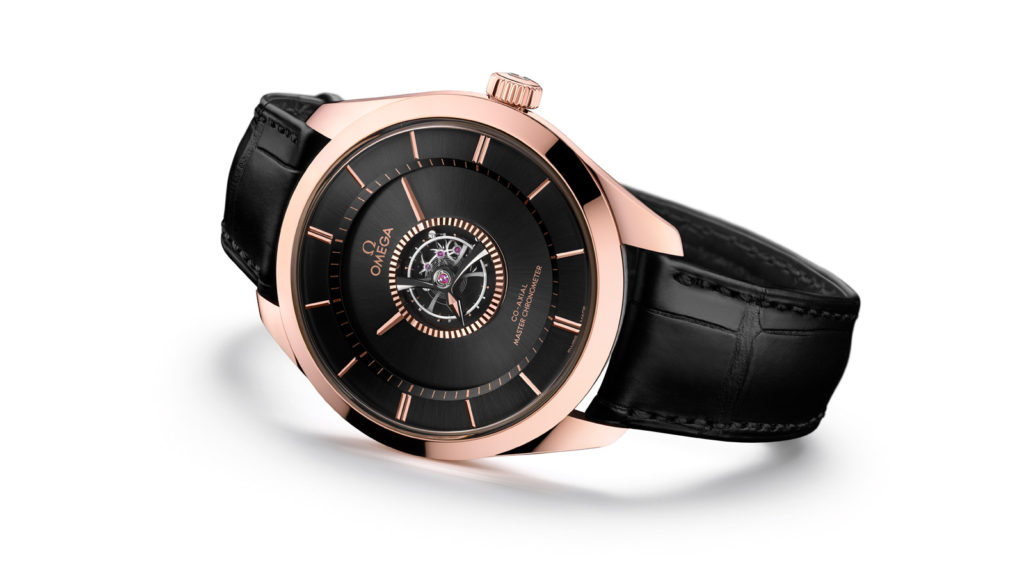
Signaling a huge breakthrough in the art of watchmaking, Omega has produced the world’s first Tourbillon timepiece tough enough to pass the industry’s strictest tests and become a certified Master Chronometer. The Omega De Ville Tourbillon Numbered Edition can resist magnetic fields of 15,000 gauss – i.e. just about any magnetic field you would encounter in a real-world situation and then some. Handcrafted from 18K Sedna gold at Omega’s Atelier Tourbillon in Switzerland, the 43 mm case surrounds a sun-brushed black dial with Sedna gold accented indexes, seconds hand, minute and hour hands.
Exceptional for all angles, the Omega made Calibre 2640 movement is visible through the sapphire crystal casback. This is the Swiss watchmakers first manual-winding central tourbillon movement, with a Co black ceramised titanium tourbillon cage and base, hand polished bevels on the cage, bridges and mechanisms, and an 18K Sedna gold main plate and bridges.
Does your kid reeeally need to go to college? Seriously? The Omega De Ville Tourbillon Numbered Edition ($168,000) will be available in stores from July.
